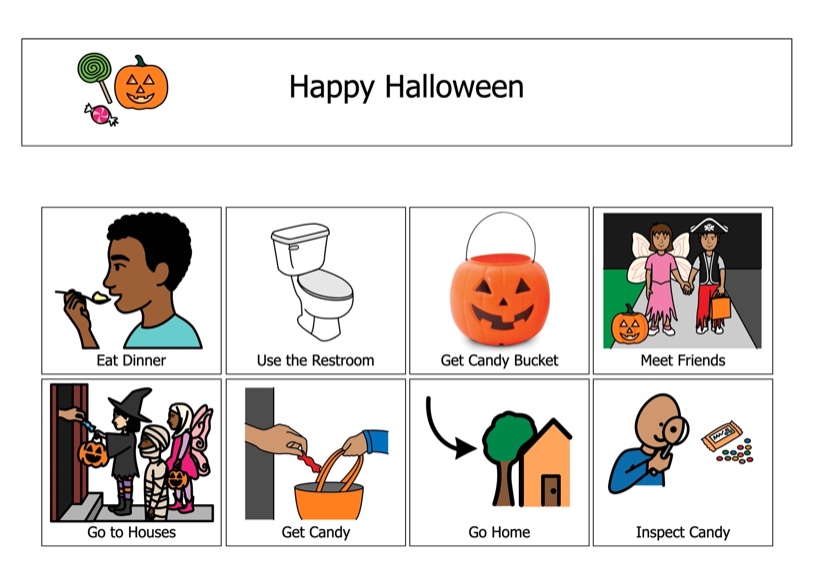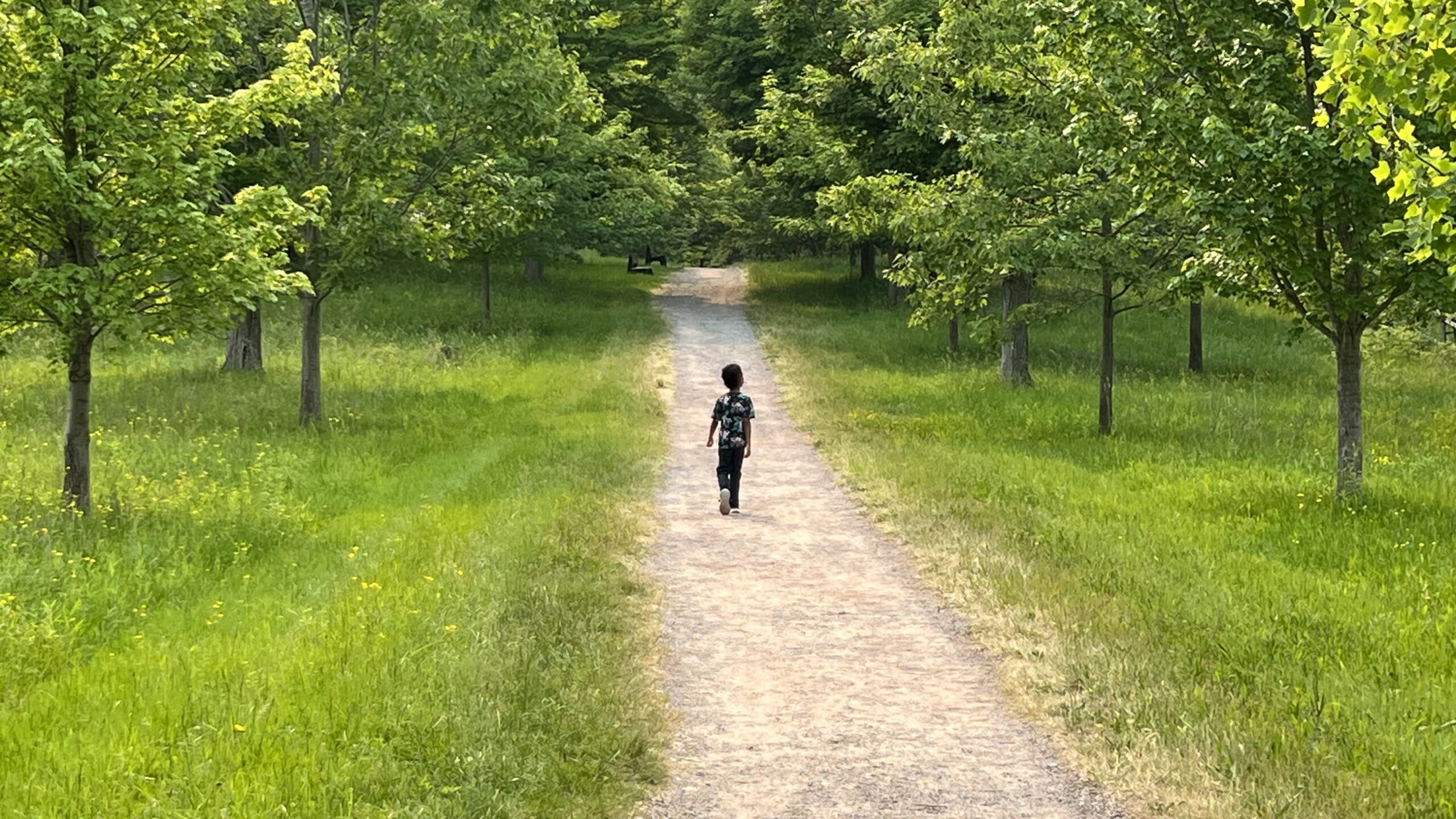Trick-or-Treat
Trick-or-treat: tips for a happy halloween

October is such a wonderful time – fall weather (especially when you live in the desert), pumpkin spice everything, and of course, Halloween!
Halloween brings excitement, costumes, decorations, and candy! But for kids with autism, anxiety, and young children, it can feel overwhelming. There are new sights, sounds, and changes in routine. It can make halloween truly “tricky”.
The good news? With a little preparation and a few thoughtful adjustments, you can make trick-or-treating a fun, enjoyable experience for your child. Here are some tips to help make Halloween a treat for everyone!
Pick a comfortable costume
Not all kids enjoy wearing costumes, especially if they’re sensitive to certain textures or fabrics. When choosing a costume, think about your child’s comfort. Look for soft, breathable materials and try to avoid anything too tight or scratchy. Have your child try on the costume to see how it feels and, if needed, make adjustments.
I get the costume my son wants, but I always have a back-up. One year he wanted to be a storm trooper. It was a full costume. I was able to find storm trooper pajamas on Amazon that I purchased as a back-up. We usually do a trunk or treat at church and do trick or treating in our neighborhood. He managed the trunk or treating with his full costume. But the next night, was too much. Pajamas to the rescue!
I can’t always find pajamas to replicate the costume, but he doesn’t mind. Old Navy and Carter’s usually have skeleton and mummy pajamas every year. They are comfortable and they can be worn for more than one night. A simple Halloween-themed t-shirt or cape works too! And, it’s okay to not do any type of costume. The key is to make sure they feel good in whatever they’re wearing so they can focus on enjoying the night.
prepare with a social story
A great way to prepare your child for Halloween is by reading a social story about trick-or-treating. Social stories use simple language and visuals to walk through what will happen, step-by-step, so your child will know what to expect, which can reduce anxiety. Social stories also anticipate what may be difficult and help your child know what to do in those circumstances. You can find a Halloween social story in the “topic” section of the shop.
Practice ahead of time
Trick-or-treating has a lot of moving parts: wearing a costume, walking to houses, and interacting with people. Practicing ahead of time can make these activities feel more familiar and make the actual night less stressful. Doing a “dress rehearsal” at home, where your child can practice putting on their costume, saying “trick-or-treat,” and receiving candy. For some kids, saying “trick-or-treat” at every door can feel like a lot of pressure. If your child isn’t comfortable saying it or is non-verbal, that’s okay! They can practice holding out their candy bag with a smile. Many people are happy to accommodate kids who might not communicate in the usual way.

use a picture schedule
A picture schedule (see image) can help by breaking down the steps of the evening so they know what is coming next. You can use pictures to show each part of the process, so your child can see the plan for the night. Having the pictures on velcro will allow you to make quick changes if there needs to be an adjustment to the schedule. The important thing is to give them a sense of structure and predictability. You can find a Halloween picture schedule with instructions on how to customize it, in the “topic” section of the shop.
Bring Comfort Items
Halloween brings lights, loud noises, crowded streets, scary music and sounds. If your child uses noise-canceling headphones bring them. A familiar item can be calming if sensory input becomes overwhelming. Watch for signs of sensory overload. Don’t rely on your child to communicate when they are overwhelmed. When a child with autism is in sensory overload, communicating often becomes even more difficult. Remind your child that they can take breaks and find a quiet spot for them to relax and regroup. It may be helpful to identify some potential places for them to take breaks ahead of time.
Celebrate the Little Wins
Every little step is worth celebrating, whether it’s putting on their costume or collecting candy from a neighbor. You know your child best, so follow their lead. Halloween doesn’t have to look the same for everyone. You might create your own Halloween traditions. With a bit of planning and preparation, you can help your child with autism enjoy trick-or-treating in a way that works for them. It’s all about making Halloween fun, not overwhelming. What matters most is that your child feels happy, safe, and proud of themselves. And with these tips, you’ll be well on your way to a spooktacular night.
Happy Halloween!!
